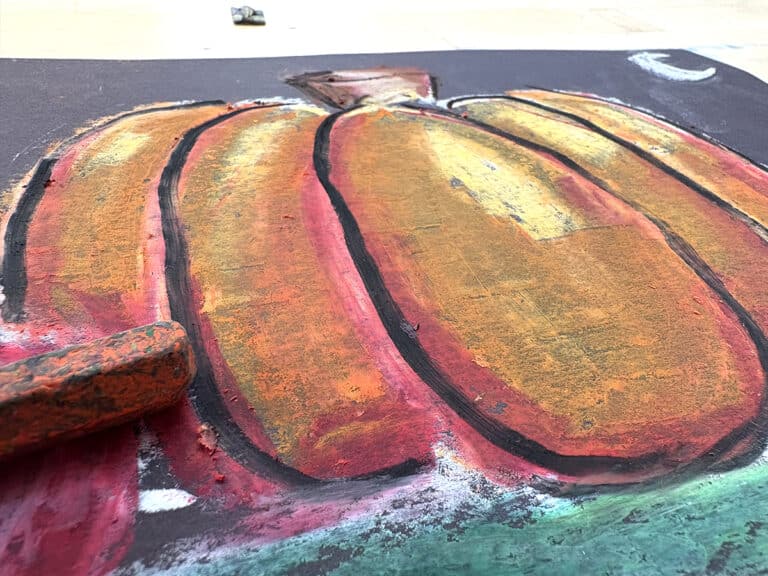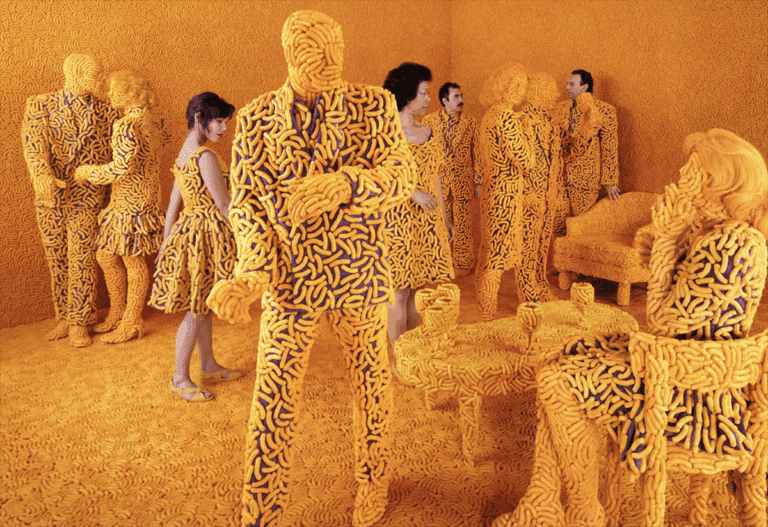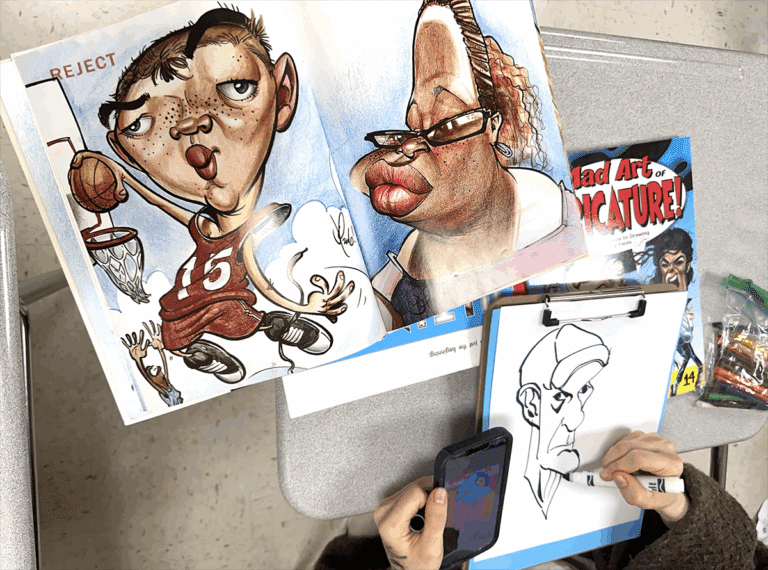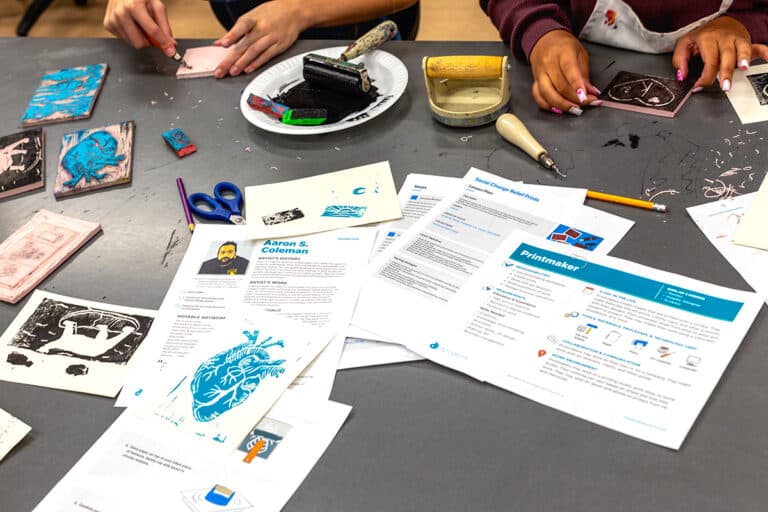Oil pastels are a medium that can be found in most art rooms. They’re affordable, versatile, and an all-around great material for exploring and learning. They’re often introduced to younger students as an alternative to using crayons. Somewhere along the line, they start becoming less prevalent in the secondary setting. There’s no particular reason why this occurs, but it does. It might be because we view oil pastels as being better suited for developing artists when in all actuality, they can benefit students and artists at all levels!
If you’ve found yourself working with an older group of students and are no longer incorporating oil pastels, take a second to consider why. Now, learn why oil pastels can be appropriate for both beginning and advanced learners.
A Brief History of Oil Pastels

To understand the purpose and versatility of oil pastels, it’s important to understand a little bit about their history. Oil pastels were first created by Sakura in 1925 and called Cray-Pas, which are still prevalent in classrooms today. They were a combination of wax, oil, and pigment that was meant to be non-toxic like crayons and suitable for children. Nearly thirty years later, in 1949, Henri Sennelier would invent an artist-grade oil pastel at the request of Pablo Picasso. Artists like Picasso were drawn to the accessibility of the Cray-Pas material but wanted something that better met their needs. They wanted to be able to travel with this medium while still achieving the painterly effects of oil paint. Thus, Sennelier Oil Pastels were born.
A Painting or Drawing Medium?
Oil pastels are a unique material that is often associated with both drawing and painting. However, in most classrooms, they are mostly used as a drawing material. This thought alone might transform how you’re using oil pastels with your students. If you are solely using them as a drawing material, rather than a painting material, are you using them to their full potential? Try looking at oil pastels as an alternative method of painting or drawing with paint. In fact, oil pastels can be used to teach some of the painterly techniques commonly taught with acrylic or oil paint.
Try one of these activities to start seeing oil pastel as a painting medium rather than drawing material.
1. Color Mixing
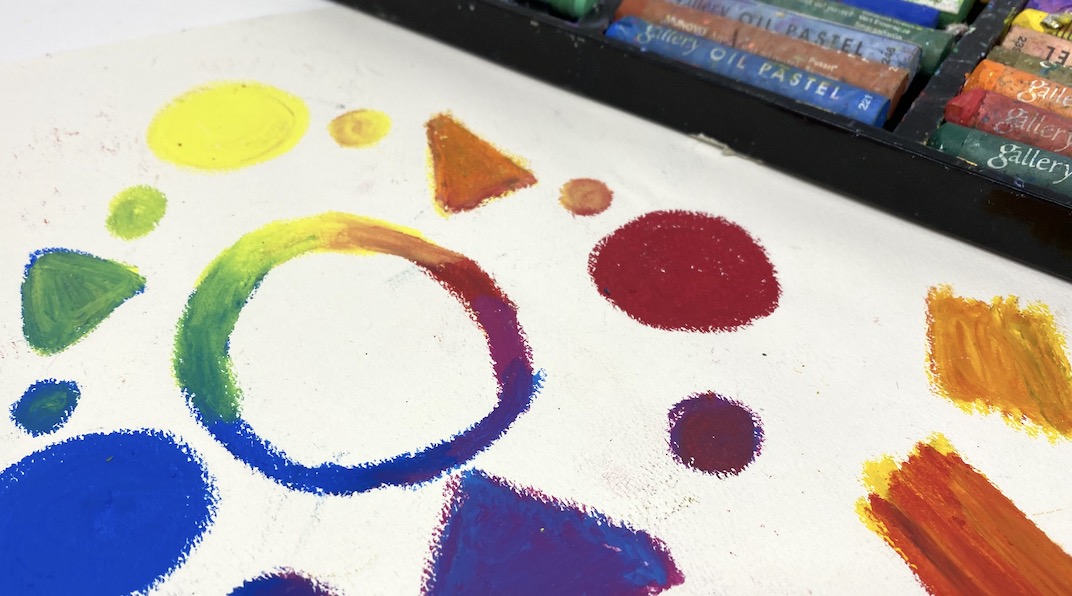
Color theory is a vital concept for the art room. But, it doesn’t have to be taught with the use of paint. Honestly, sometimes the mess and set up with a quick color mixing activity can seem daunting. Next time, try swapping your oil pastels for paint. You’ll save on set up time and maximize learning time.
2. Artist Reproductions

Studying the work of artists has been a common practice throughout generations. An excellent way to bridge the gap of oil pastels as a drawing and painting medium is to complete an artist reproduction. Have your students select a painting of an artist of interest to study and examine their techniques. Even though not all the same effects can be achieved with oil pastels, you’ll find your students taking into account all of the details within the painting. The drawing nature of the material allows students to easily put down color onto a surface that can sometimes be hard to control with a paintbrush.
3. Use Oil Pastels Techniques to Teach Form and Value

Just as we do with watercolors, paint, and drawing, there are particular techniques that can help students effectively use a medium. There are many oil pastel techniques that can be shared with students, but sometimes it can be difficult to show how those techniques apply to finished work. To help students easily apply these techniques, show them how. A simple way to do this is by choosing simple objects that students can build up to show value to create form. For example, scumbling is a common technique taught in drawing and painting, but it can often feel like scribbling. Once you show your students how to apply that technique onto an actual object, they will have a much greater understanding.
Oil Pastels to Try
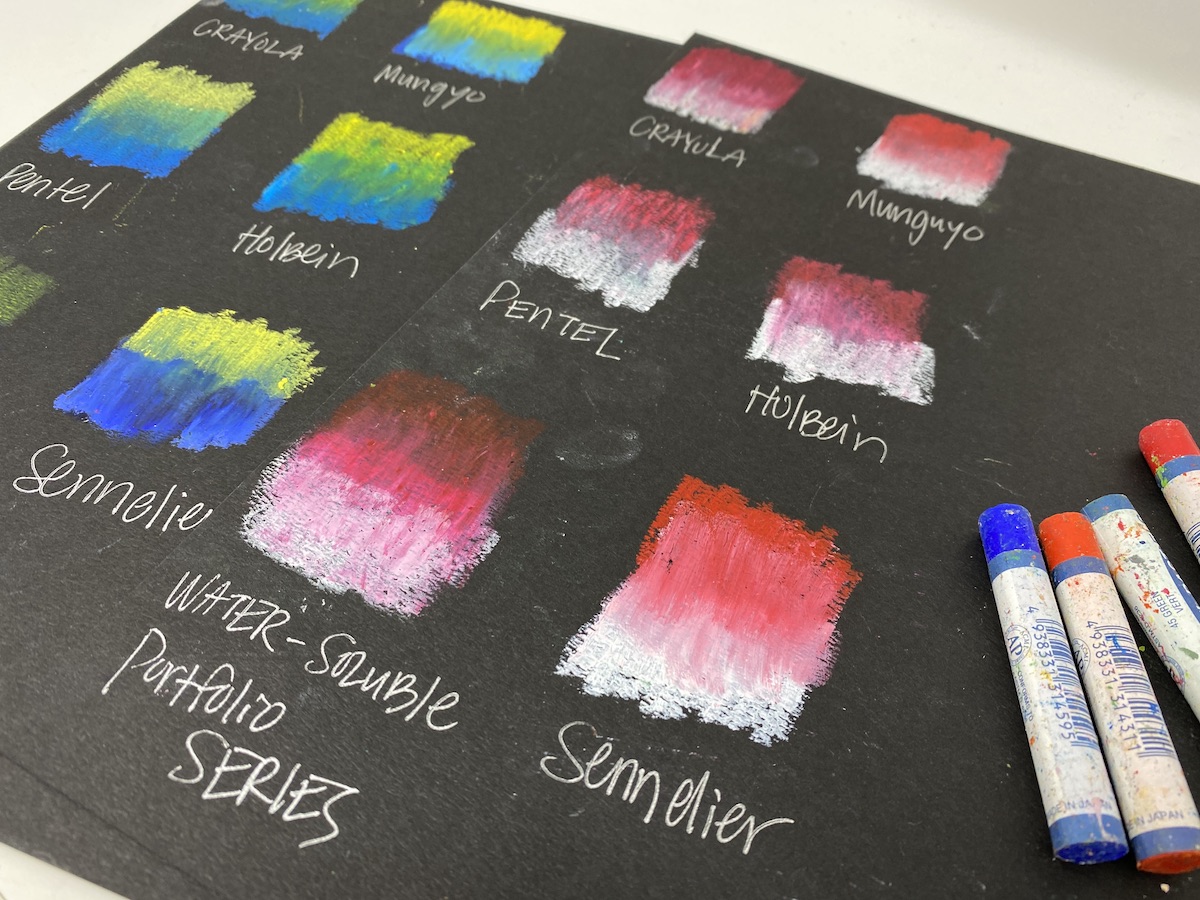
Now that you know a little history about the creation of student vs. artist-grade oil pastels, you might be thinking, “Which ones should I use in my classroom?” This question can be difficult to answer as many factors come into play. However, you know your students and your budget best. Remember, the student-grade oil pastels are going to have more wax in them, which results in a difference in blending and covering a surface. Here are a variety of oil pastels you might want to try.
Oil pastels can be a wonderful medium to bridge painting and drawing techniques. In the August 1994, American Artist magazine article, “Oil Pastel: Its Brief History and Use,” Laurie Hurwitz describes oil pastels as, “Offering tactility, immediacy, and color intensity along with versatility, they allow an extensive range of marks and textures, from thin glazes to buttery impastos.” This versatility can translate into our classrooms and truly is a medium that students can find success using.
What are your favorite ways to use oil pastels in the classroom?
Do you use oil pastels as a drawing or painting medium?
Magazine articles and podcasts are opinions of professional education contributors and do not necessarily represent the position of the Art of Education University (AOEU) or its academic offerings. Contributors use terms in the way they are most often talked about in the scope of their educational experiences.



